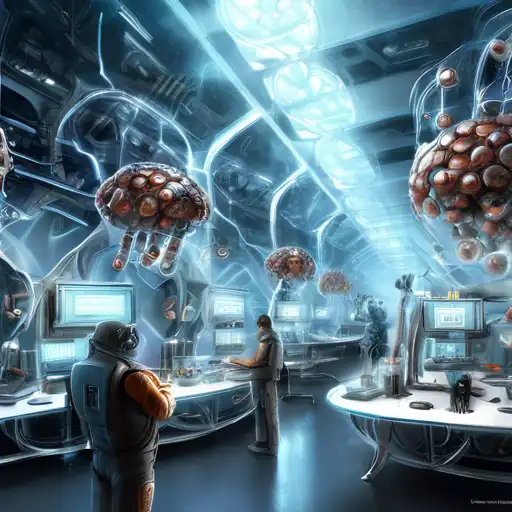Introduction to Nanotechnology
Nanotechnology, the science of the incredibly small, is making a monumental impact across various industries. By manipulating matter at the atomic and molecular level, scientists and engineers are creating materials and devices with remarkable properties and functions. This article explores the vast potential of nanotechnology and its current applications that are shaping the future.
The Science Behind Nanotechnology
At its core, nanotechnology involves the engineering of functional systems at the nanoscale, which is about 1 to 100 nanometers. To put this into perspective, a single sheet of paper is about 100,000 nanometers thick. This field combines principles from physics, chemistry, biology, and engineering to innovate at a scale that was once thought impossible.
Current Applications of Nanotechnology
Nanotechnology is already transforming industries in ways that were unimaginable a few decades ago. Here are some of the most impactful applications:
- Medicine: Targeted drug delivery systems that attack cancer cells without harming healthy tissue.
- Electronics: Faster, smaller, and more efficient electronic components, leading to advancements in computing and mobile devices.
- Energy: More efficient solar panels and batteries, paving the way for sustainable energy solutions.
- Environmental: Nanomaterials that can clean up oil spills or filter water more effectively.
The Future of Nanotechnology
The potential of nanotechnology is boundless. Researchers are exploring ways to use nanotech for space exploration, creating self-healing materials, and even developing nanorobots that can perform surgeries from inside the body. As we continue to unlock the secrets of the nanoscale, the possibilities for innovation are endless.
Challenges and Ethical Considerations
Despite its promise, nanotechnology faces challenges, including high production costs, potential health risks, and ethical concerns. It's crucial to address these issues to ensure that nanotechnology develops in a way that benefits all of humanity without causing unintended harm.
Conclusion
Nanotechnology is a testament to human ingenuity, proving that even the smallest innovations can have a massive impact. As we stand on the brink of a new era in science and technology, nanotechnology offers a glimpse into a future where the impossible becomes possible. The journey of nanotechnology is just beginning, and its full potential is yet to be realized.
